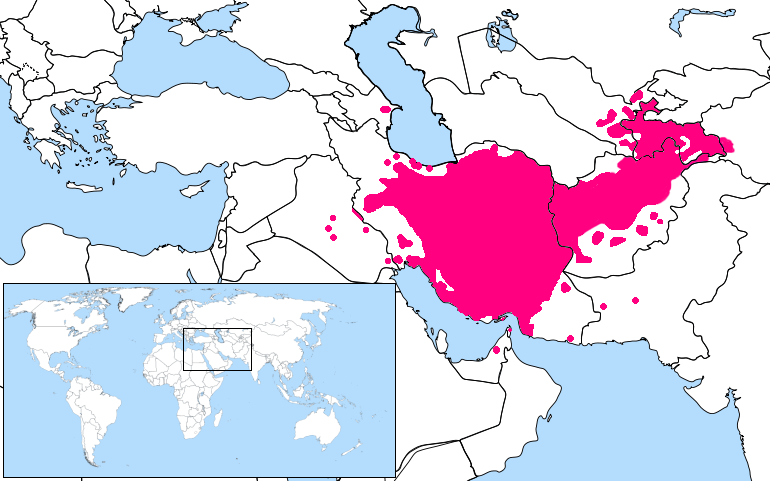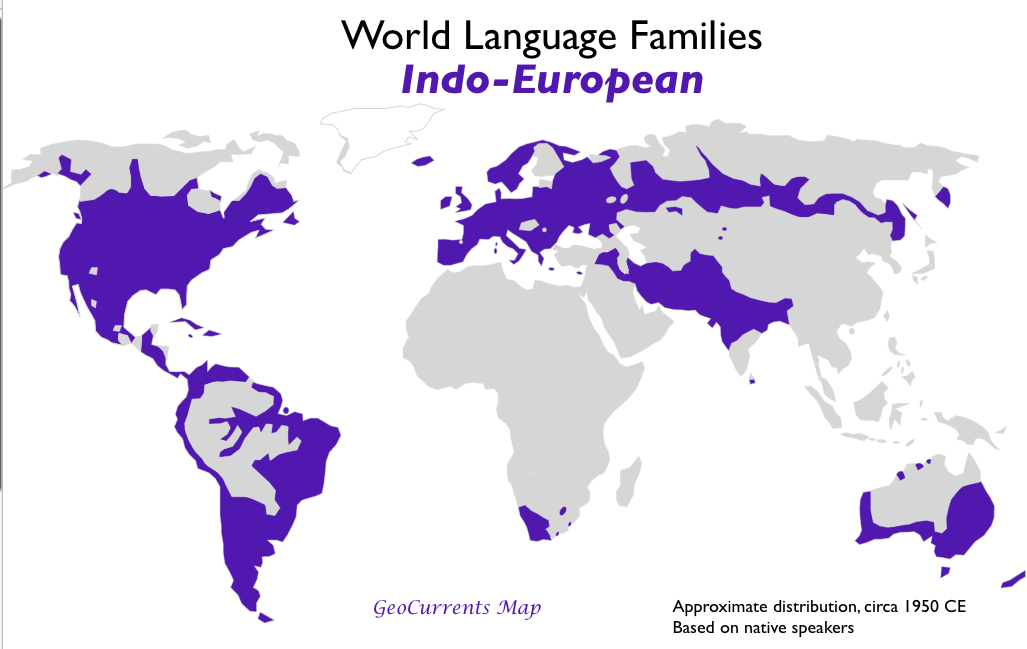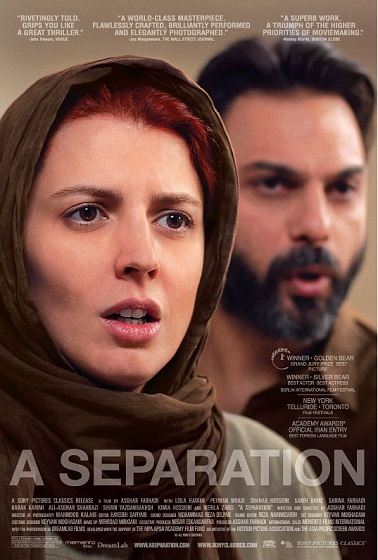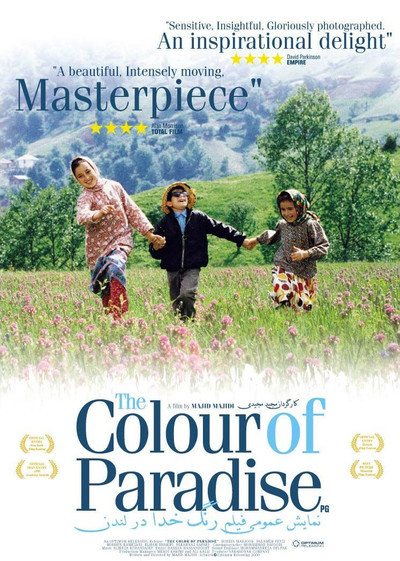Introduction to the Persian Language
The Persian language, also known as “Dari” in Afghanistan and “Tajik” in Tajikistan, has 62 million native speakers, and 110 million L2 speakers.
Farsi or Persian?
In English, we should always refer to the language of Iran as Persian. This is the English name. If you’re speaking in Persian, then you would refer to the language as Farsi.
Wikipedia:
Persian, the historically more widely used name of the language in English, is an anglicized form derived from Latin *Persianus < Latin Persia < Greek Περσίς Persís "Persia",a Hellenized form of Old Persian Pārsa. According to the Oxford English Dictionary, the term Persian as a language name is first attested in English in the mid-16th century. Native Iranian Persian speakers call it Fārsi. Farsi is the Arabicized form of Pārsi, subsequent to Muslim conquest of Persia, due to a lack of the phoneme /p/ in Standard Arabic (i.e., the /p/ was replaced with an /f/). The origin of the name Farsi and the place of origin of the language which is Fars Province is the Arabicized form of Pārs.

Image via Wikipedia.
Is Persian Hard to Learn?
If you have never studied any similar languages before, Farsi might seem a little bit complicated and different from what you're used to in the beginning because you’ve never had any experience with reading the Persian script. However, the moment you begin to study the alphabet, you will find many similarities with European languages. That’s because the Persian language is also an Indo-European language, meaning that it shares the same origin as most European languages, making Persian grammar relatively easy to learn and understand.
You can also find some words in Persian that share a common root with English or other European languages. Here are a few examples:
- Bad (English) = Bad (Persian)
- Star (English) = Setareh (Persian)
- Mother (English) = Madar (Persian)
- Padre (Spanish) = Pedar (Persian)
- Tochter (German) = Dokhtar (Persian) = Daughter (English)
- Name (English) = Naam (Persian) = Naam (Dutch)
Bazaar from Persian بازار bāzār meaning "market".
Candy from Old French sucre candi, derived from Arabic قند qandi meaning "candied" and originated from Persian قند qand, meaning "sugar."
Caravan from Italian caravana, carovana, originated from Persian کاروان kāravān, meaning a company of travelers, pilgrims, or merchants on a long journey through desert or hostile regions.
Checkmate from Middle French eschec mat, originated from Persian شاه مات shâh mât, meaning "the King (Shah) is dead".
Khaki from Hindustani and Urdu ख़ाकी/خاکی khaki meaning "made from soil", "dusty" or "of the colour of soil", originated from Persian خاک khak meaning "soil".
Kiosk from Persian کوشک kushk meaning "palace, portico, pavilion" or from Middle Persian gōšak "corner".
Rank from Persian رنگ rang meaning "color", as the Sassanid army was ranked and dressed by color.
Typhoon from Chinese 大风/大風, Hindi दफुं, Arabic طوفان, and Ancient Greek τυφῶν; ultimately from Persian طوفان toofaan.
So as you can see, you already knew some Persian words without even knowing it! Here, you can find the complete list of words with Persian origin.
Learn more about how to quickly recognize Persian, Arabic, and Kurdish text without knowing any of these languages.

Image via GeoCurrents.
Persian Alphabet
آ ا ب پ ت ث ج چ ح خ د ذ ر ز ژ س ش ص ض ط ظ ع غ ف ق ک گ ل م ن و ه ی
Most of the letters are similar to that of the Arabic alphabet, with the exception of these four letters:
چ پ ژ گ
Reading Persian is actually easier than Arabic. Although the Persian and Arabic alphabets share many similar letters, not all the letters are pronounced exactly the same as in Arabic.
For example ( ث , ص , س ) all sound different in Arabic. But in Persian they are all pronounced as the English “s” sound as in sand.
Another example, ( ز , ض , ذ , ظ ) these four letters each have a different sound in Arabic, while in Persian they are almost all pronounced as the “z” sound as in zoo.
Knowing that some letters are written differently but still sound the same, will help you to learn the Persian alphabet faster. But even if the letters sound the same, you still need them to write the borrowed Arabic words correctly.
That’s why the Persian language sounds softer compared to Standard Arabic, or the Kurdish language. In my opinion, the Persian language is one of the most romantic languages I have ever heard.
(Note: We are comparing Persian to Standard Arabic, because many Arabic dialects also sound softer compared to Standard Arabic.)
One last example of how Persian sounds softer, is the fact that both Arabic and Persian share the letter ع in their alphabet, while in Arabic it’s pronounced as ‘ayn, the sound comes from the lowest part of the throat, while in Persian the letter sounds much softer.
I have had the chance to see this difference thousands of times since the first letter of my name starts with the ع letter.
When my family was living in Iran, and I was studying in elementary school, I loved the sound of my name, but when we moved to the North of Iraq, where people used Arabic and Kurdish I immediately felt that I didn't like the sound of my name anymore.
My name is عماد ‘emad, it’s an Arabic name, I will pronounce my name in both Persian and in Arabic so you can hear the difference.
عماد in Arabic
عماد in PersianWhy Learn Persian?
Learning Persian is a very rewarding experience for two main reasons.
One, although Persian and Arabic are from completely different language families, the Persian language has thousands of words derived from Arabic vocabulary so if you decide to learn Arabic one day after learning Persian, you would already know a lot of words. So by learning Persian, you would essentially be learning some Arabic at the same time!
Below are some examples of Arabic words in Persian:
| English | Persian | Arabic |
|---|---|---|
| Island | جزیره jazire | جزيرة jazira |
| Book | كتاب ketab | كتاب kitab |
| Notebook | دفتر daftar | دفتر daftar |
| School | مدرسه madrese | مدرسة madrasa |
| Government | حکومت hokumat | حكومة hukuma |
| Animal | حیوان heyvân | حيوان hayawan |
| Speed | سرعت sor'at | سرعة sor'a |
| Science | علم elm | علم ilm |
| Desert | صحرا sahra | صحراء sahra |
Linguistically, Persian and Kurdish are also sister languages and are both in the Iranian branch, much like how English and German can be considered sister languages in the Germanic branch. The Kurdish languages belong to the Iranian branch of the Indo-European family, so Persian and Kurdish are very similar languages.
Not only that, but according to Wikipedia, 21.7% of basic Urdu languages are of Persian origin, and 29.9% of the words are of Arabic origin (many Arabic words are used in the Persian language as well).
Reason number two to learn Persian is, Iran is a beautiful country. It has a long and rich history with a very diverse and unique culture.
Learning Persian will allow you to gain a new perspective about life in the Middle East. Besides, Iranian people are very friendly and hospitable toward foreigners, so they would be more than happy to help you with learning Persian.
Iranian movies are famous throughout the Middle East, and most of the greatest movies and TV series in the Middle East were made in Iran. But it wasn't until only recently that Iranian movies started to gain more international attention after an Iranian movie called A Separation (جدایی نادر از سیمین) won an Oscar for Best Foreign Language Film in 2012.

In 2017, the movie The Salesman (فروشنده) also won an Oscar for Best Foreign Language Film. Both movies were directed by the famous Iranian director Asghar Farhadi.

Another great movie that became very popular internationally is The Colour of Paradise (رنگ خدا) which first came out in 1999.

From my own experience of watching Iranian movies since childhood, I believe there are many Iranian movies that deserve more than just one Oscar. The problem is those movies are not known to people outside of Iran, and some of those movies have no English subtitles and are only produced for the local audience.
Iran is also famous for dubbing almost every single Hollywood or famous movies around the world into Persian, and their dubbing skill is without a doubt the best one I have ever seen. I remember watching some dubbed Hollywood movies in Persian when I was young, and many years later after learning English I watched the same movie again in English and compared the two versions. You might be surprised to hear this, but I almost always preferred the dubbed version!
Fun fact: the dubbed versions that are made in Iran are always shorter than the originals since Iran censors and cuts out any part of the movie that they believe is harmful or unfit for society.
Learning Persian Through Songs
Listening to Persian songs is also an excellent way to practice your listening, learn new words and phrases and enjoy the beauty of the Persian language and music at the same time.
You can listen to this song, and try to sing along with the lyrics, just to give you an idea of what Persian sounds like.
The tempo of the song is slow enough for you to be able to sing along, and the singer's voice is very clean and clear.
Song name: Alishmas & Mehdi Jahani - "Adame Badi Naboodam"
Vaxti daro mohkam basti
وقتی درُ محکم بستی
Ta xode sob gerye kardam
تا خود صبح گریه کردم
Xaterat ro dowre kardam
خاطرات رو دوره کردم
Kashki mizashti bargardam
کاشکی میذاشتی برگردم
Mano tanhayiye shab
منو تنهایی شب
Mano bihaliyo tab
منو بی حالی و تب
Ba ye xodkar ru be shahr
با یه خودکار رو به شهر
Bidaram man kolle shab
بیدارم من کل شب
Man ke adame badi naboodam
من که آدم بدی نبودم
Summary
- The Persian language is an Indo-European language.
- Persian has been heavily influenced by Arabic, thus learning Persian will help you to learn thousands of Arabic words as well.
- Persian has also influenced many languages such as Urdu. 21.7% of basic words in Urdu have Persian origin.
- Iran is a beautiful country with a very long and rich history. Iranian movies are very famous all across the Middle East.
- There are many good movies, cartoons and songs to help you practice your Persian and inspire you to keep learning.
Speak Persian?
Apply to Viva to help us preserve your linguistic heritage, share it with the world — and make a bit of money, too.
Click to get started:

You May Also Like:



